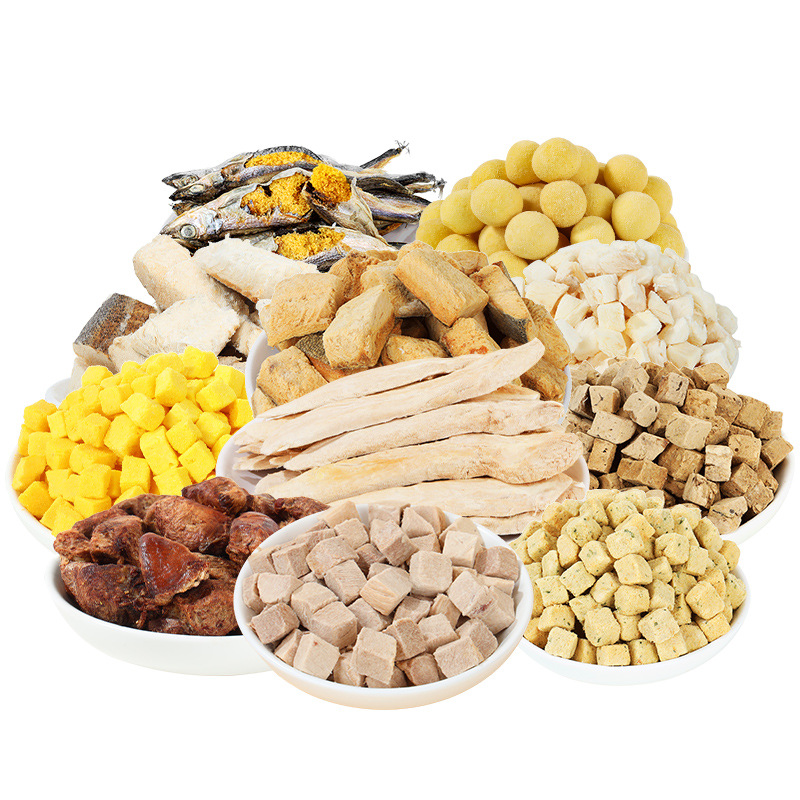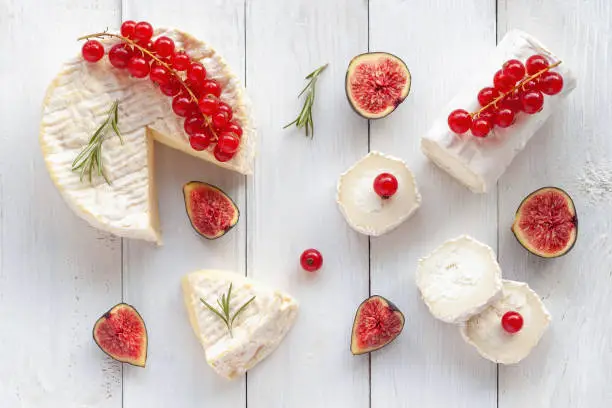Freeze drying, as an emerging food preservation technology, is increasingly gaining people’s trust. But how does it compare to traditional dehydration techniques? Let’s explore the differences between the two.

The Process of Freeze Drying
Freeze drying removes moisture from food to extend its shelf life by sublimating water directly from its solid state to water vapor in a low-temperature vacuum environment. This process can be divided into three steps:
Pre-freezing:The food is frozen to turn the moisture into solid ice.
Vacuum Sublimation:In a low-temperature vacuum environment, the ice directly changes from solid to gas (sublimation), removing most of the moisture.
Secondary Drying:The residual moisture in the material is further reduced to achieve long-term preservation.
The Process of Dehydration
In contrast, the principle of dehydration is relatively simple. It involves removing moisture from food by heating air. The process can be broken down into three steps:
Heating:The food is heated to an appropriate temperature, causing the moisture to begin evaporating.
Airflow:Through fans or air circulation systems, hot air blows over the food’s surface, accelerating the evaporation process.
Moisture Evaporation:Moisture evaporates from the food and is carried away by the air, thereby reducing the food’s water content to achieve drying.

Comparison of Advantages and Disadvantages
Nutrient Retention
The freeze-drying process occurs in a low-temperature vacuum, thus preserving the food’s nutrients to the greatest extent possible without altering its texture. In contrast, dehydration occurs in a high-temperature environment, which can destroy some of the food’s nutrients, leading to nutrient loss.
Shelf Life
Freeze drying almost completely removes all moisture from the food (our freeze dryer can remove over 99.5% of moisture), allowing the food to be stored at room temperature for a long time, with a shelf life of up to 25 years or more under ideal conditions. In contrast, dehydration typically only removes more than 90% of moisture, and the process also changes the texture of the food, so dehydrated foods generally can only be stored for a few months to a year.
Texture Comparison
Freeze-dried food retains its original texture and can even regain its original color and texture when rehydrated, making it suitable for both cooking and direct consumption. Dehydrated food undergoes texture changes in a high-temperature environment, which also affects its taste. Even when rehydrated, dehydrated food cannot restore its original appearance.
Cost Comparison
Freeze-dried food costs more than dehydrated food, primarily due to the cost of equipment. Currently, home freeze dryers range from over two thousand dollars to six thousand dollars, which is a considerable expense for an ordinary household. Dehydrators, on the other hand, are much cheaper, with most priced between tens of dollars and two hundred dollars, making them much more affordable than freeze dryers.

Suitable Foods for Freeze Drying or Dehydrating
Most foods can be freeze-dried or dehydrated. If you need to preserve nutrients or extend shelf life, freeze drying is the way to go. If you want to change the texture of the food and extend its shelf life, dehydration is the better option.
Suitable Foods for Freeze Drying
Fruits: Strawberries, blueberries, apples, bananas, peaches, grapes, cherries, etc. Freeze-dried fruits retain their original shape and nutrients, making them ideal snacks.
Vegetables: Peas, carrots, corn, broccoli, mushrooms, etc. Freeze-dried vegetables are popular in soups, stews, or stir-fries.
Meat: Chicken, beef, pork, fish, etc. Freeze-dried meat can be stored for a long time with minimal nutrient loss, making it suitable for outdoor activities or emergency reserves.
Dairy Products: Milk, breast milk, cheese, yogurt. Freeze-dried dairy products are often used for travel or emergency food supplies.
Suitable Foods for Dehydration
Fruits: Apples, bananas, grapes, mangoes, apricots, etc. Dehydrated fruits make healthy snacks.
Vegetables: Tomatoes, onions, carrots, shiitake mushrooms, etc.
Meat: Pork, chicken, beef jerky, turkey jerky. Dehydrated meat is often used as a portable snack, suitable for camping or long trips.
Grains: Corn, oats, rice. Dehydrated grains can be stored for longer periods.
Through the comparison above, which food preservation method do you prefer? If you have more thoughts on food preservation, feel free to contact us for more information.






